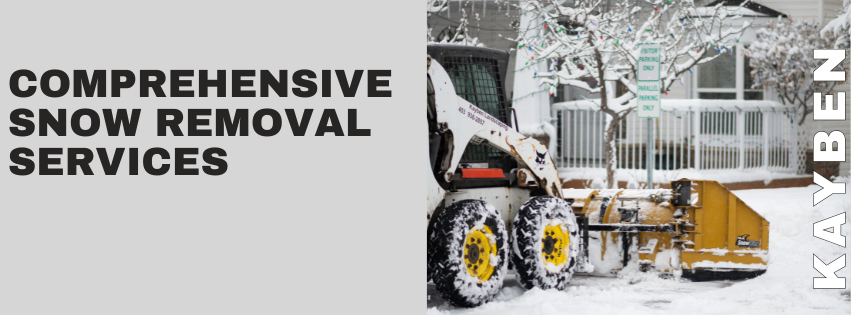Understanding the Differences Between Salting and Brining for Winter Ice Management
As winter approaches, effective ice management becomes crucial for commercial properties in Okotoks and South Calgary. Two common methods for preventing and managing ice are salting and brining. While they might seem similar, these techniques have distinct differences in application, effectiveness, and environmental impact. Understanding these differences can help property managers make informed decisions about their winter maintenance strategies.
1. What is Salting?
Salting is the traditional method of applying rock salt (sodium chloride) to surfaces to melt ice and snow. When salt is spread on icy areas, it lowers the freezing point of water, causing ice to melt and preventing further accumulation. This method is widely used due to its immediate effectiveness and relatively low cost.
Pros:
- Quick Results: Salting provides rapid melting of ice and snow, making surfaces safer almost immediately.
- Widely Available: Salt is readily available and commonly used, making it an easy choice for many property managers.
Cons:
- Environmental Impact: Excessive use of salt can harm vegetation, soil, and water sources, leading to long-term damage.
- Corrosion: Salt can corrode concrete, metal, and other surfaces, leading to increased maintenance and repair costs over time.
2. What is Brining?
Brining involves applying a liquid salt solution (brine) to surfaces before a snowstorm or freezing event. This proactive approach creates a barrier that prevents ice from bonding to the surface, making subsequent snow removal easier. Brining typically uses a mixture of water and salt, which can be enhanced with additives to improve effectiveness.
Pros:
- Prevents Ice Formation: Brining is effective at preventing ice from forming in the first place, reducing the amount of snow removal needed afterward.
- Less Salt Usage: Brining uses significantly less salt than traditional salting methods, resulting in a smaller environmental footprint.
- Safer for Surroundings: With lower salt quantities, brining is less harmful to vegetation and local water systems, making it a more environmentally friendly option.
Cons:
- Requires Planning: Brining needs to be applied before a weather event to be effective, requiring more foresight compared to reactive salting.
- Equipment Needs: The application of brine may require specialized equipment, which can be a consideration for some property managers.
3. Key Differences in Application and Effectiveness
- Timing: Salting is typically applied during or after a snowstorm to manage existing ice and snow, while brining is a proactive approach applied beforehand to prevent ice formation.
- Salt Usage: Brining uses less salt overall, which can lead to cost savings and environmental benefits.
- Surface Bonding: Brine prevents ice from bonding to surfaces, making subsequent snow removal easier, whereas salting melts existing ice and snow.
Both salting and brining have their advantages and drawbacks, but for property managers in Okotoks and South Calgary, brining presents an environmentally friendly and effective solution for winter ice management. At Kayben Landscaping, we offer both salting and brining services, allowing you to choose the method that best suits your property’s needs. By understanding the differences between these two techniques, you can make informed decisions that keep your property safe and accessible all winter long.





Recent Comments